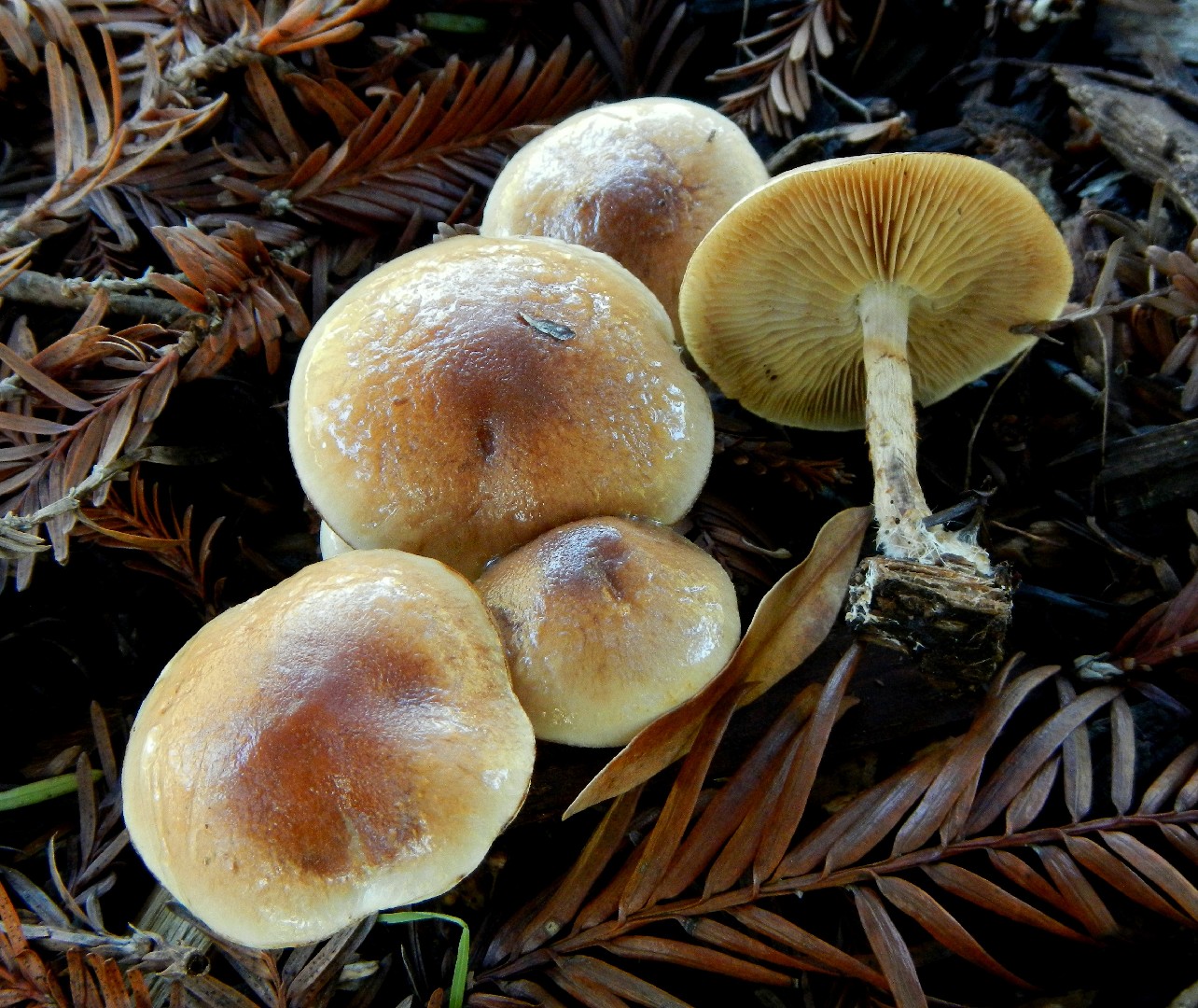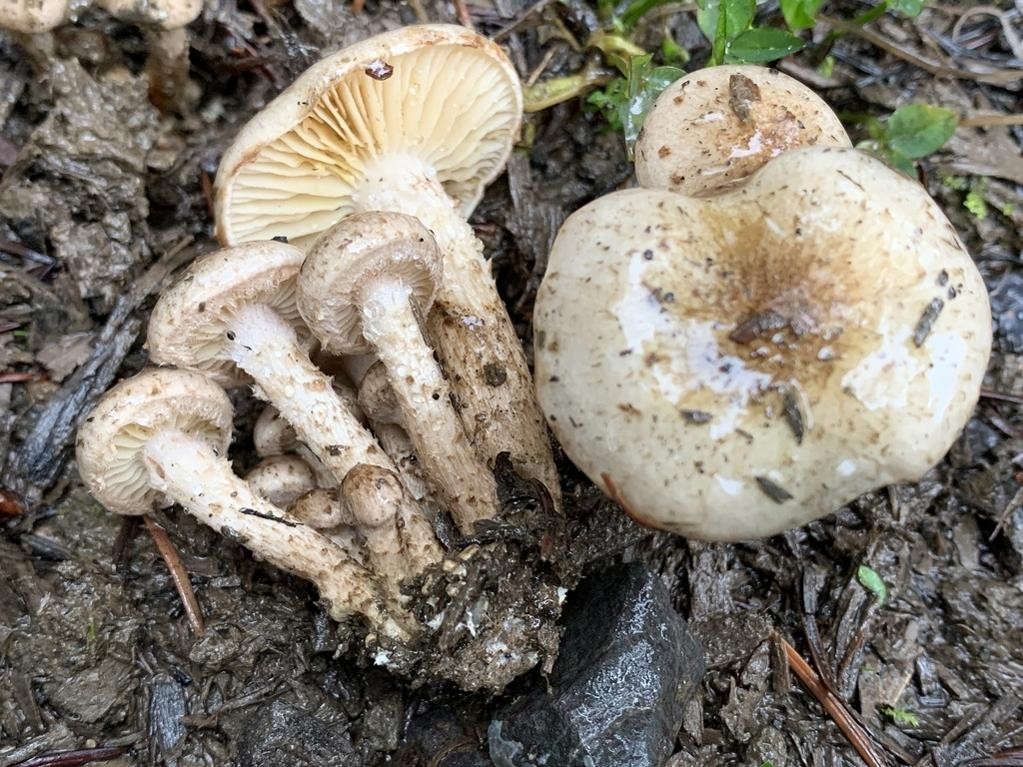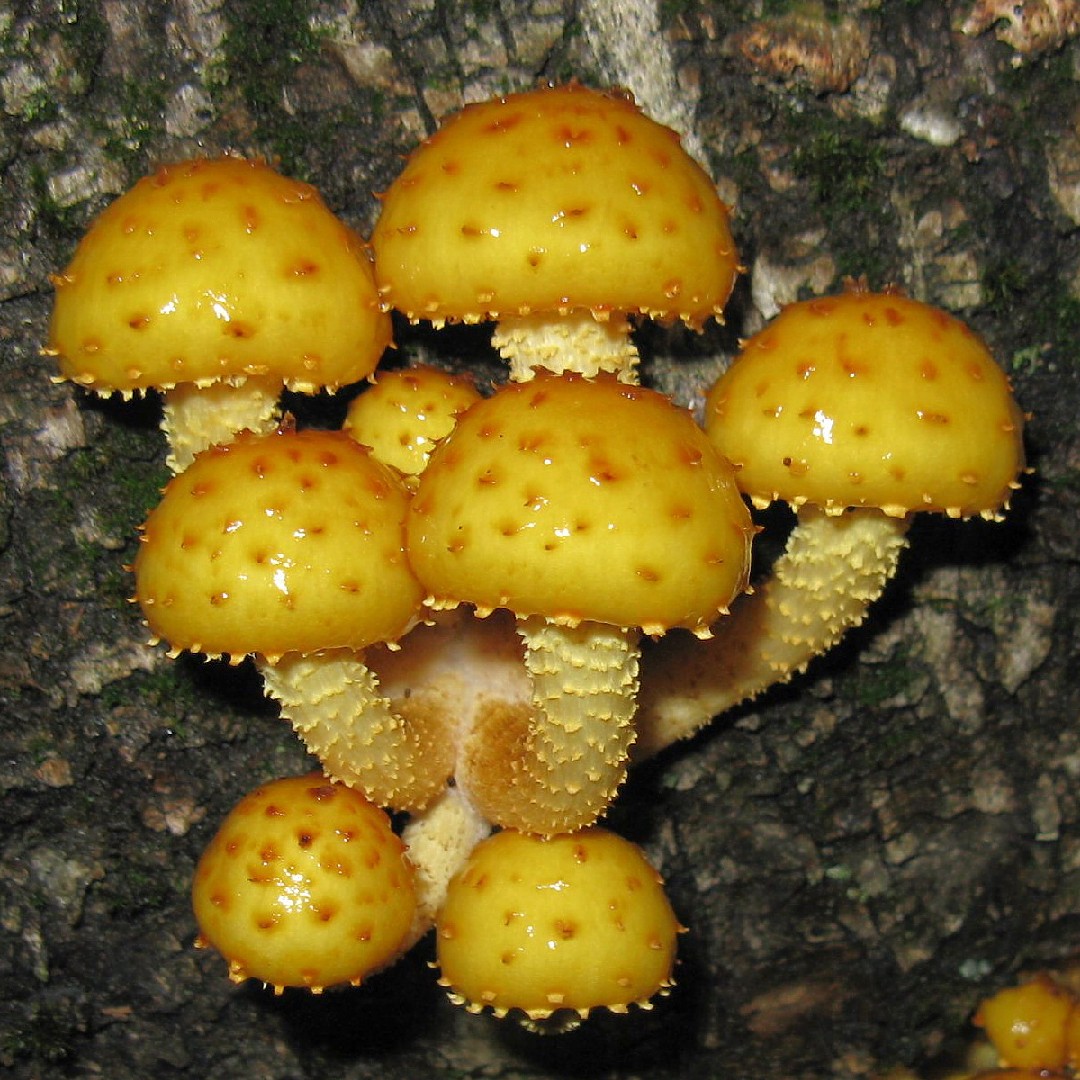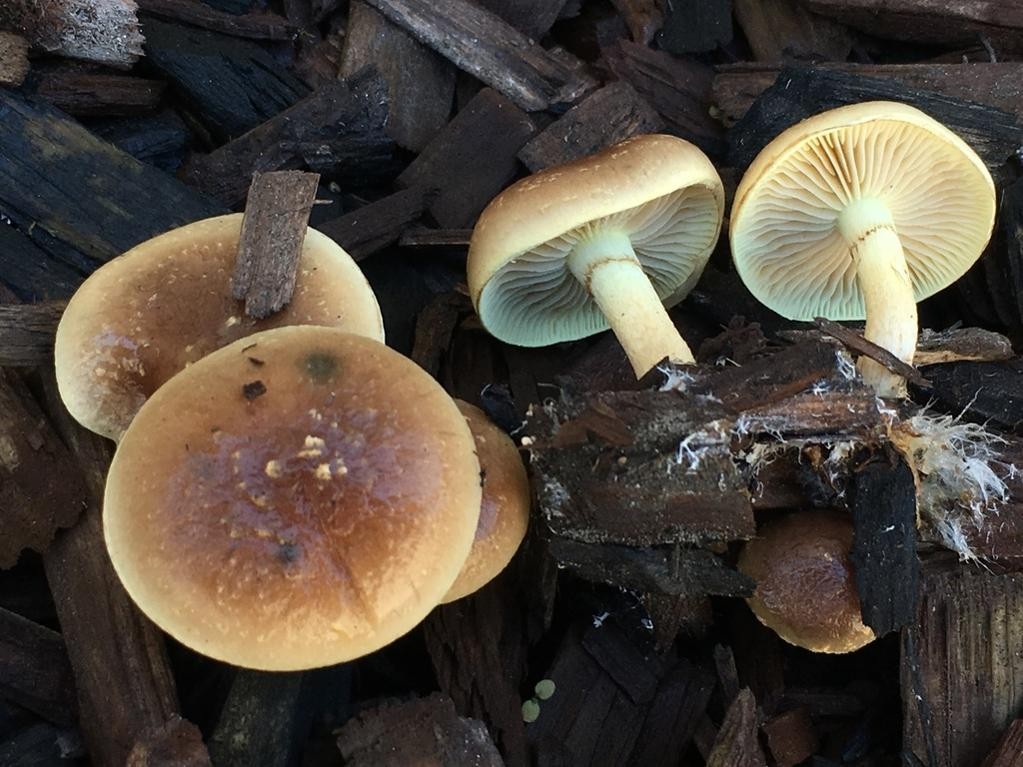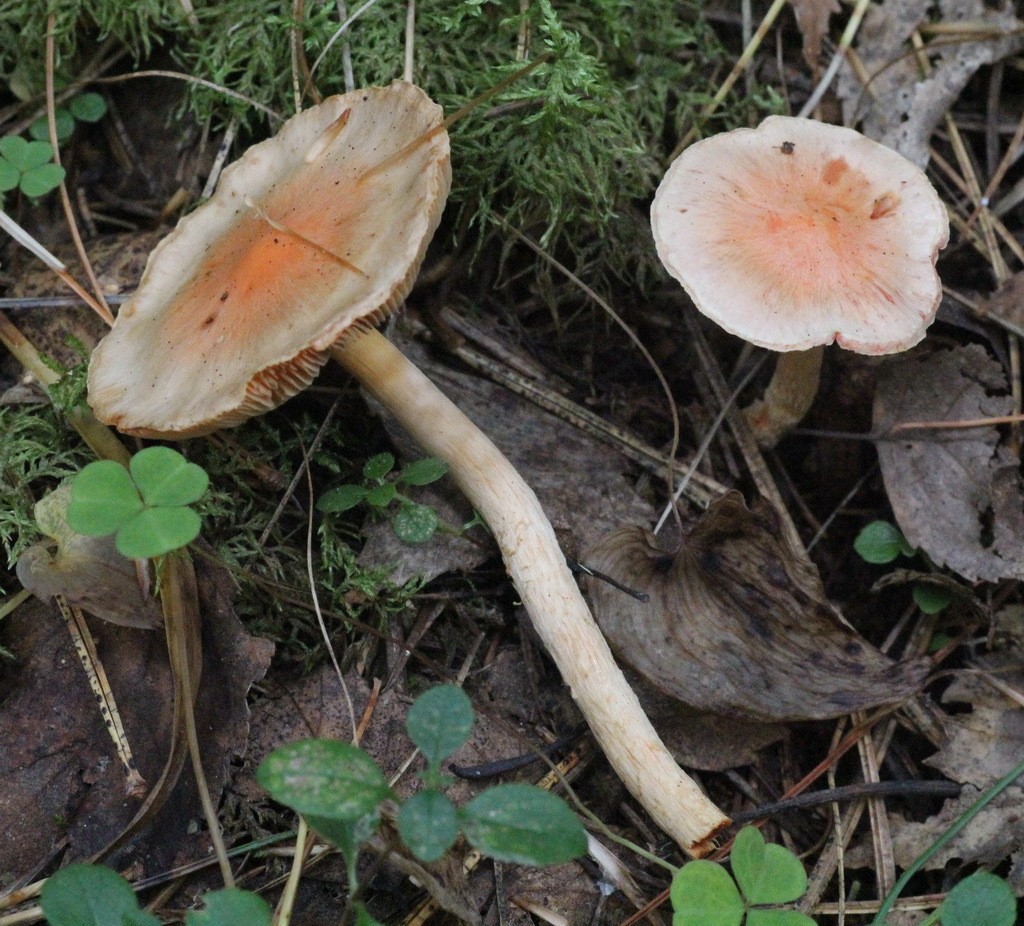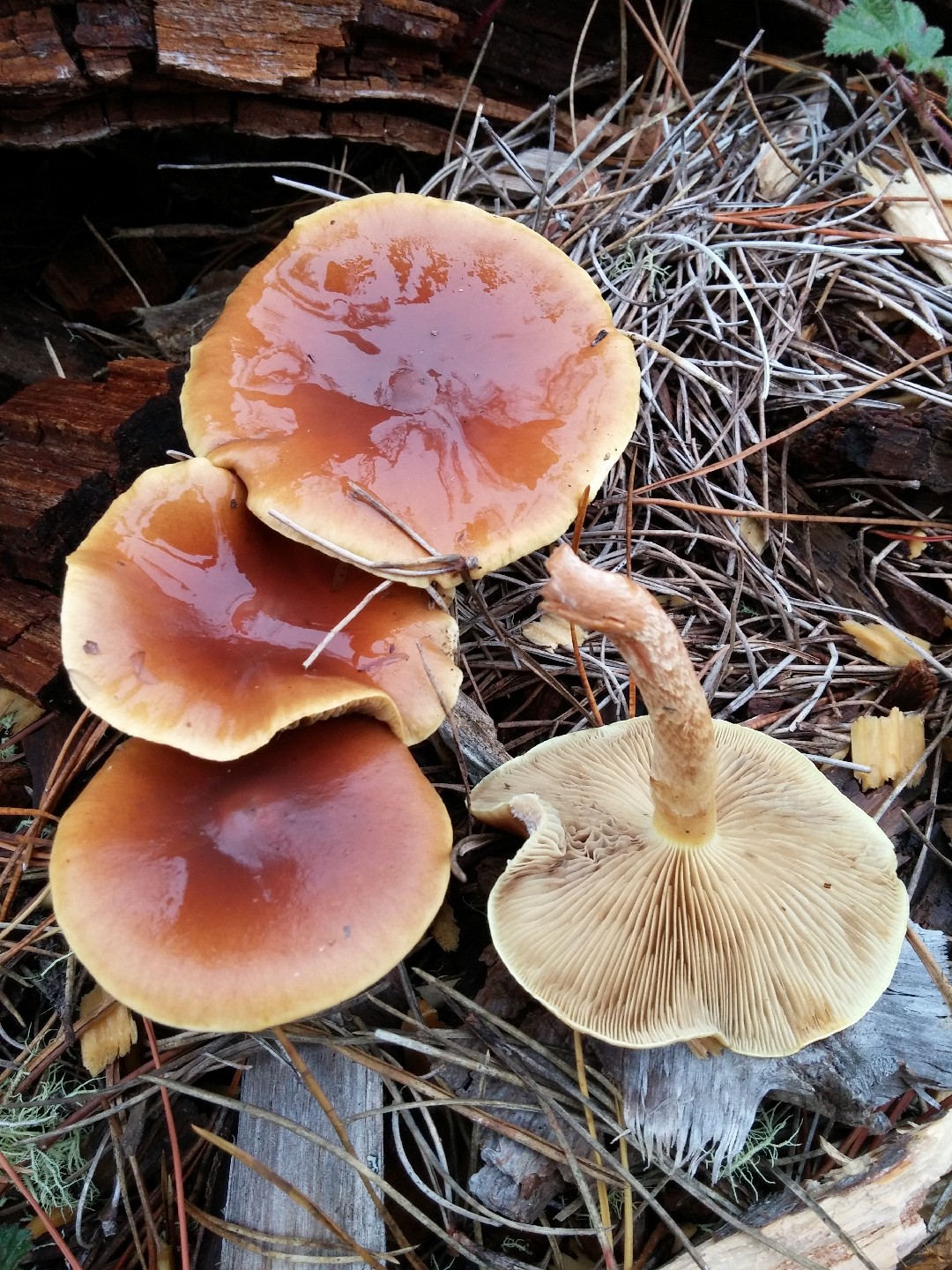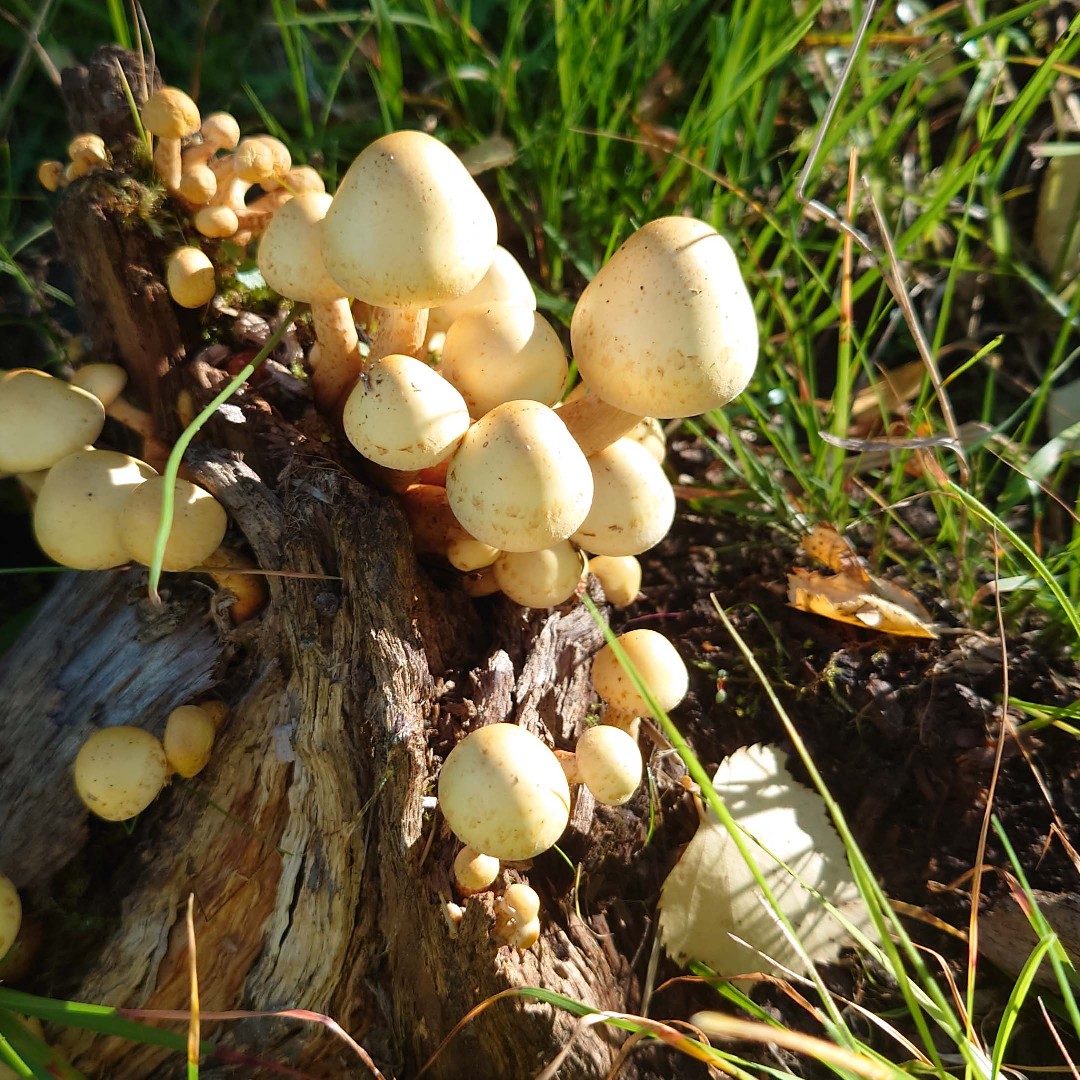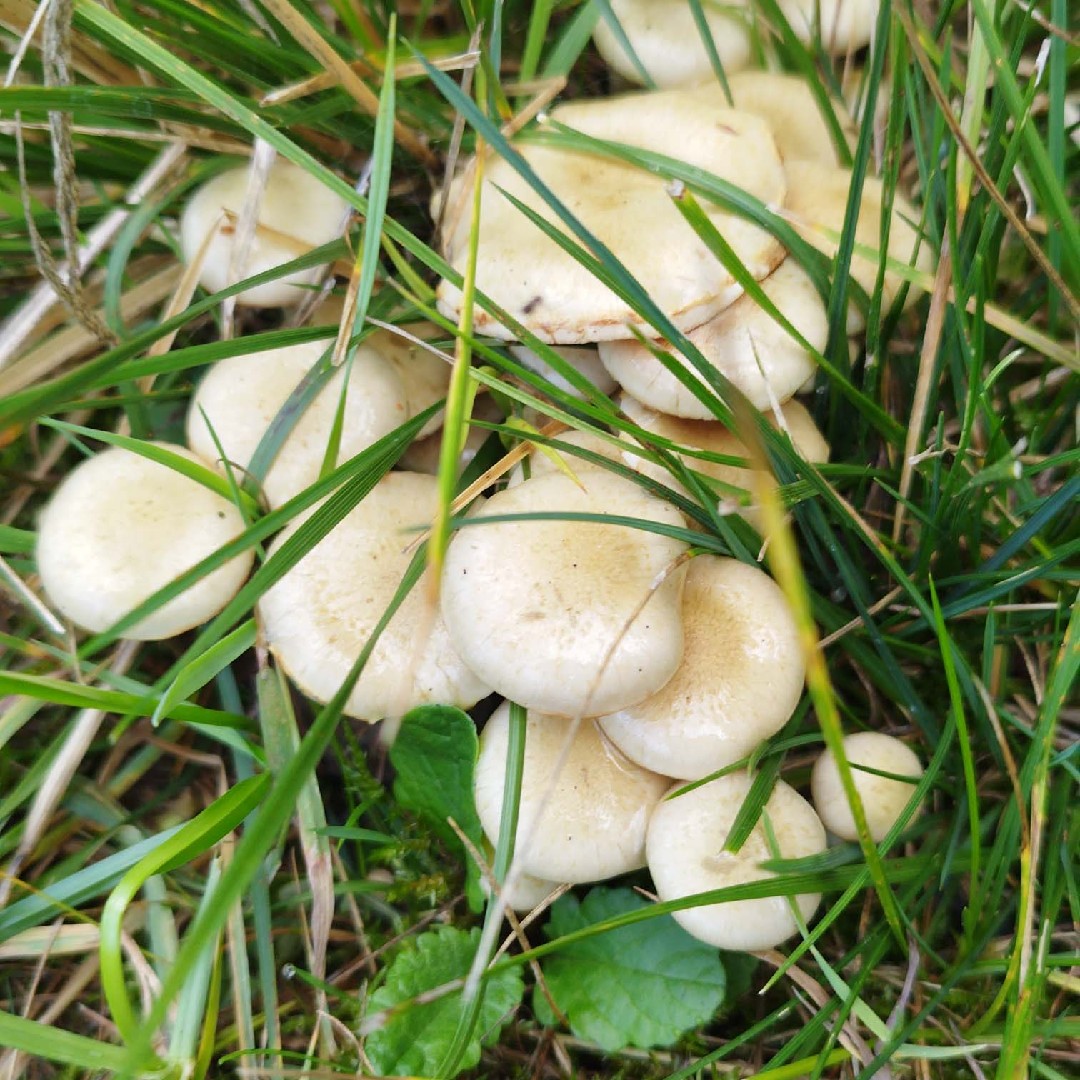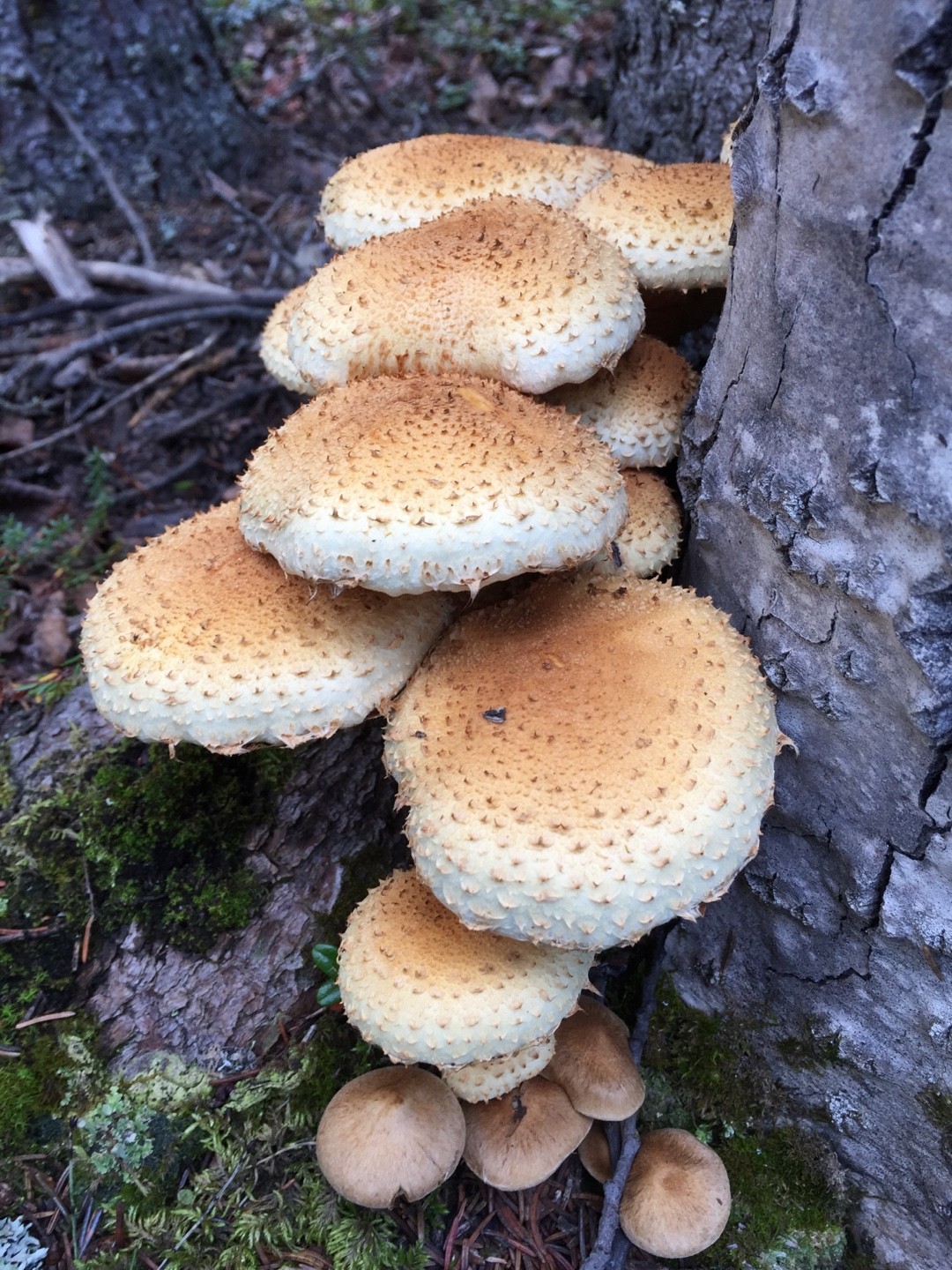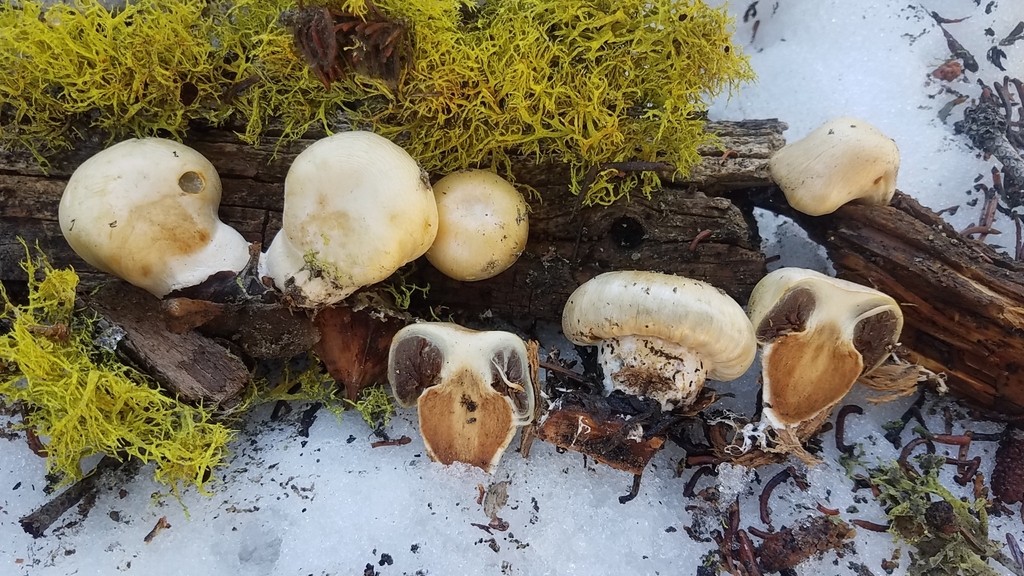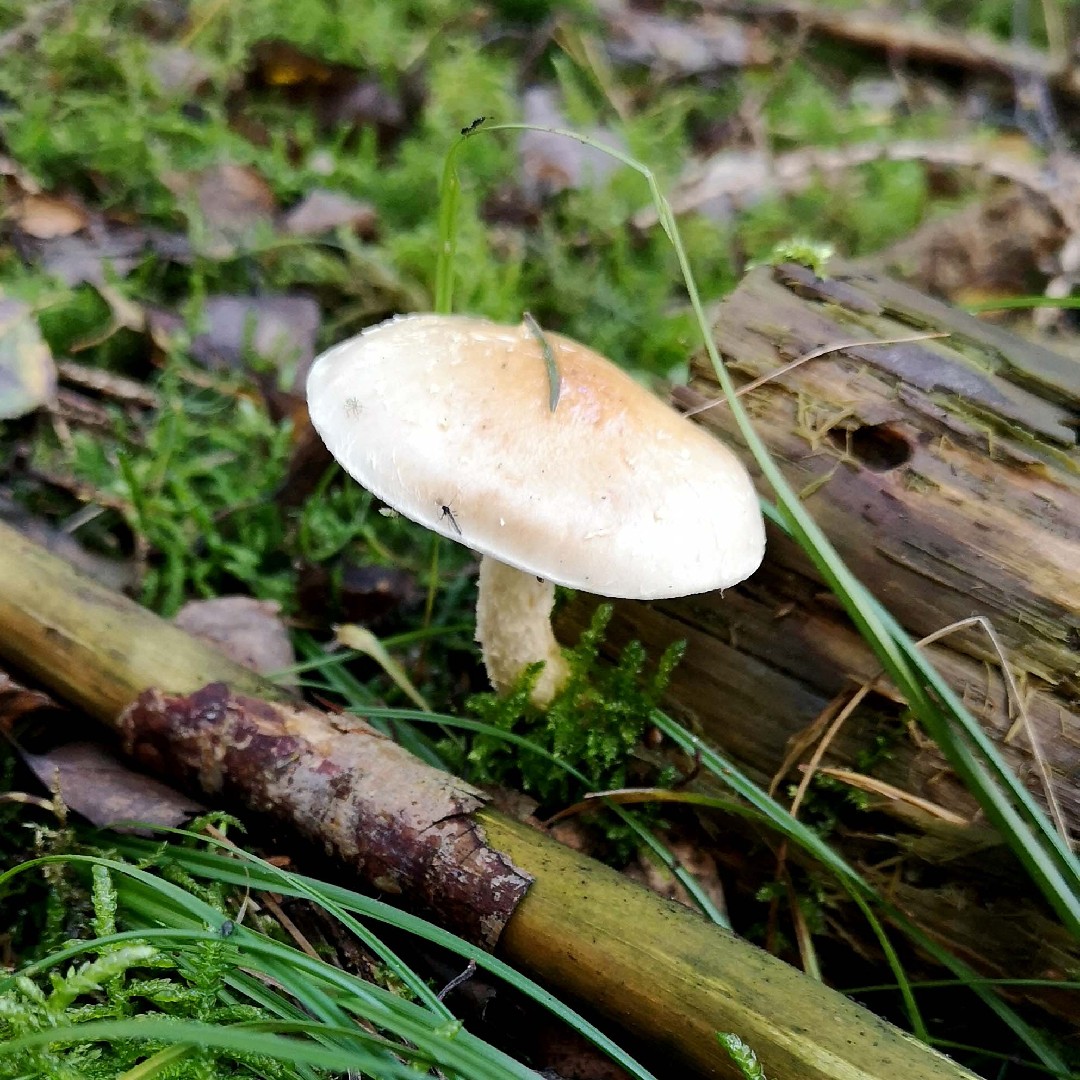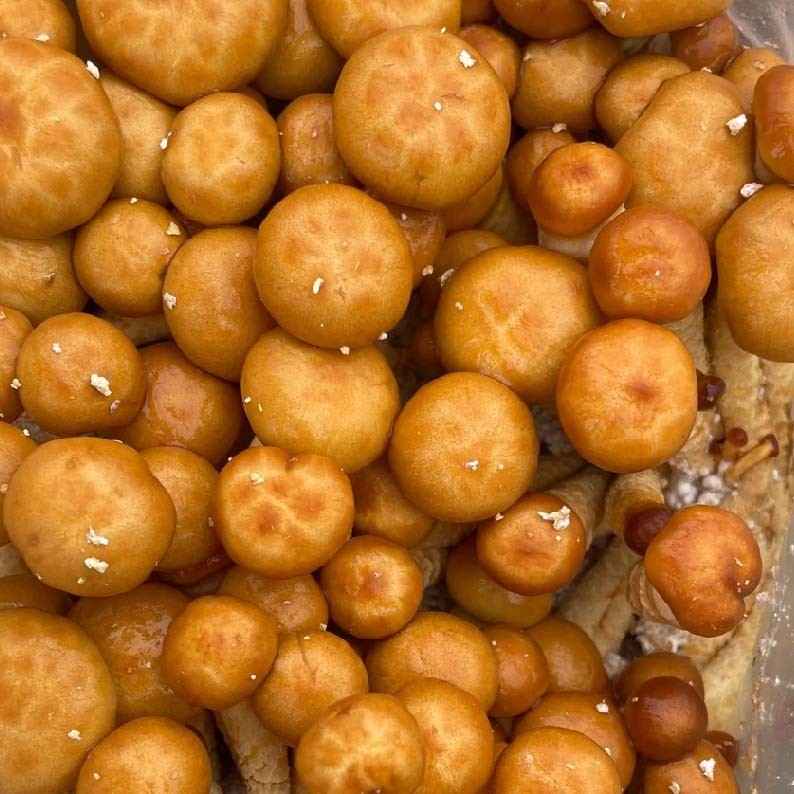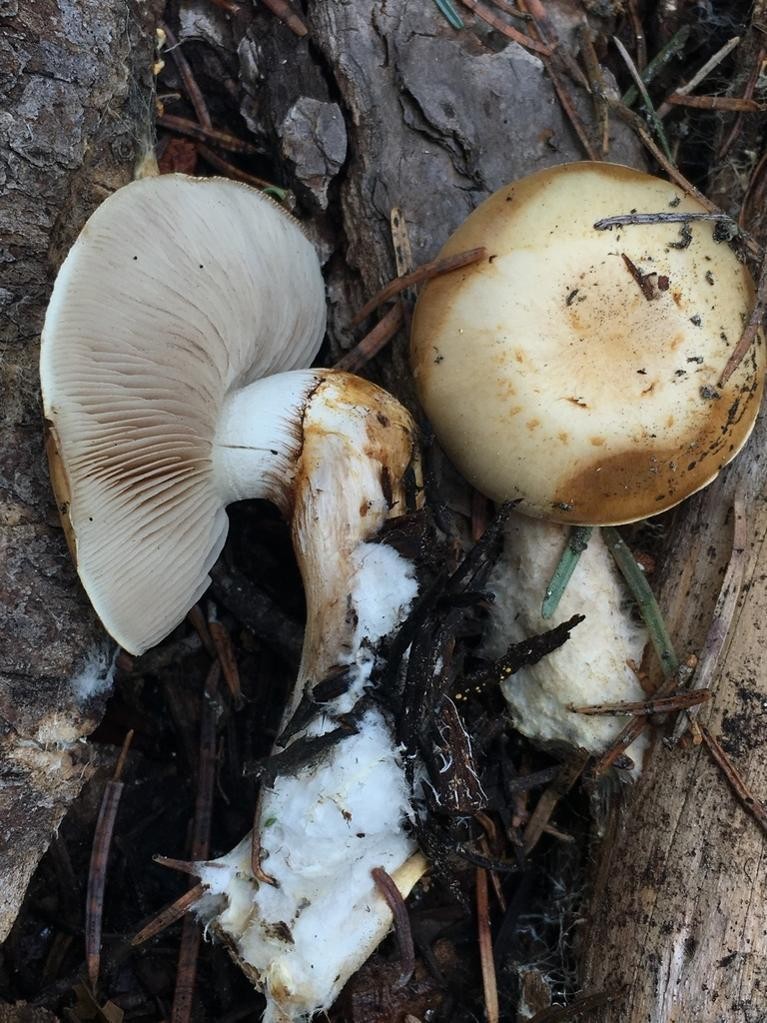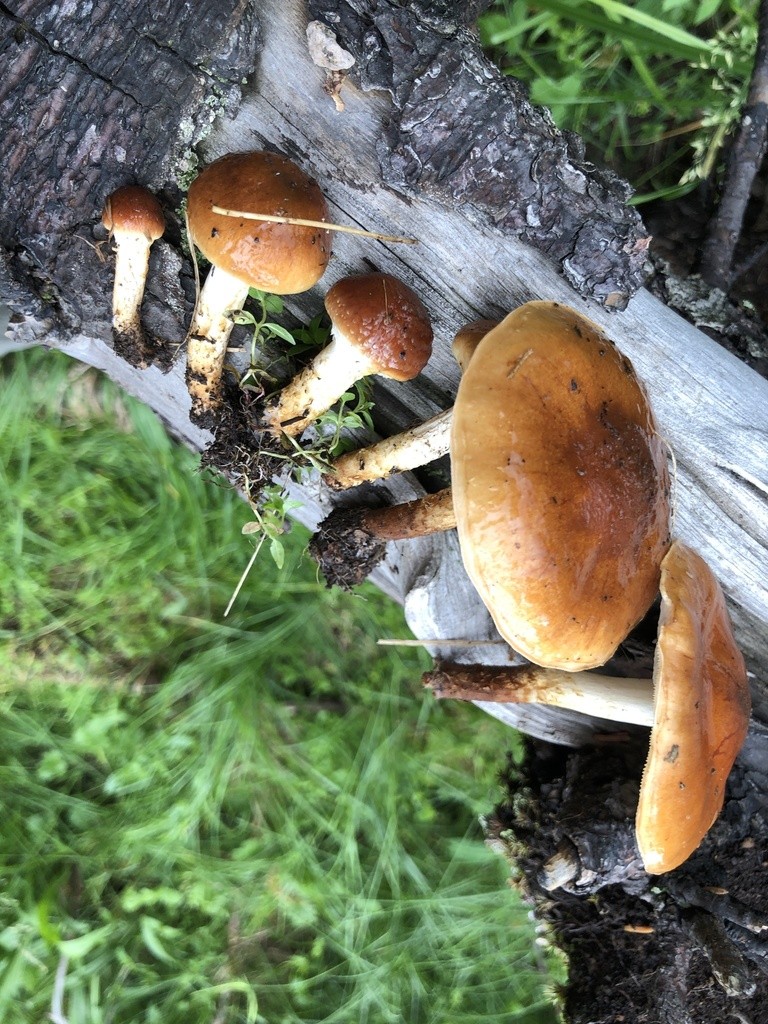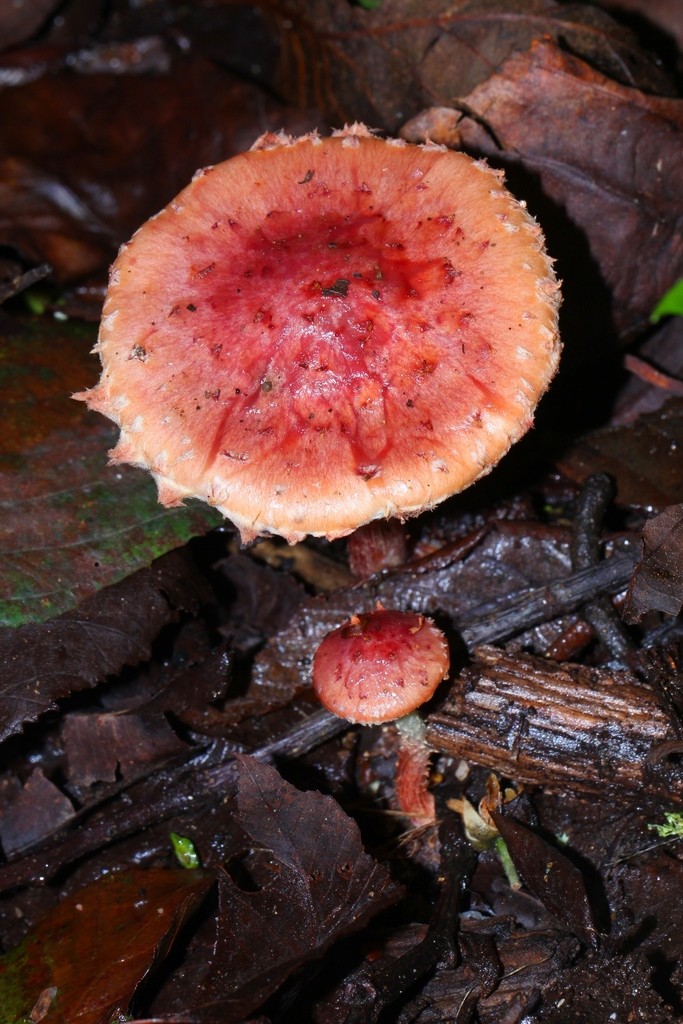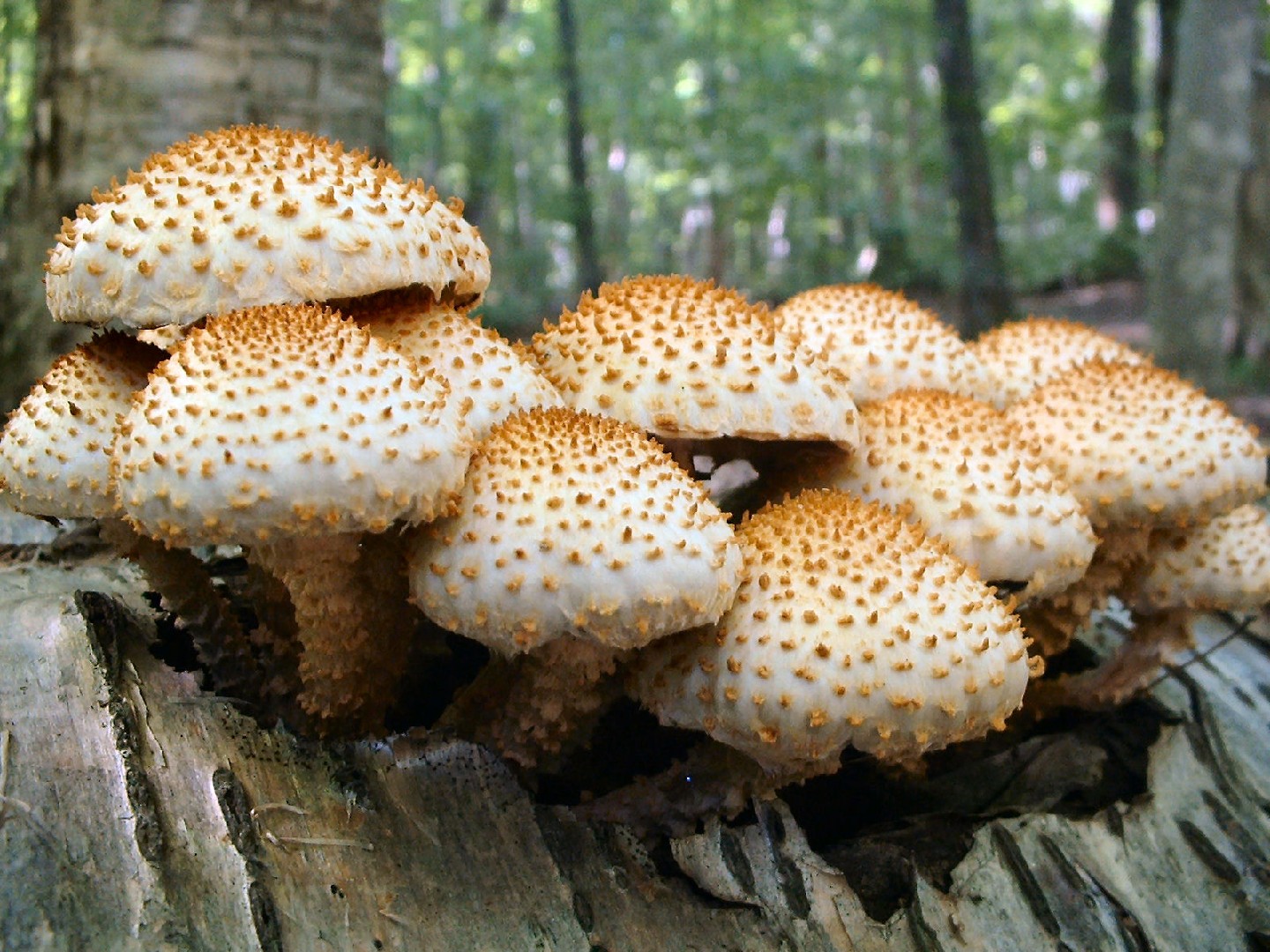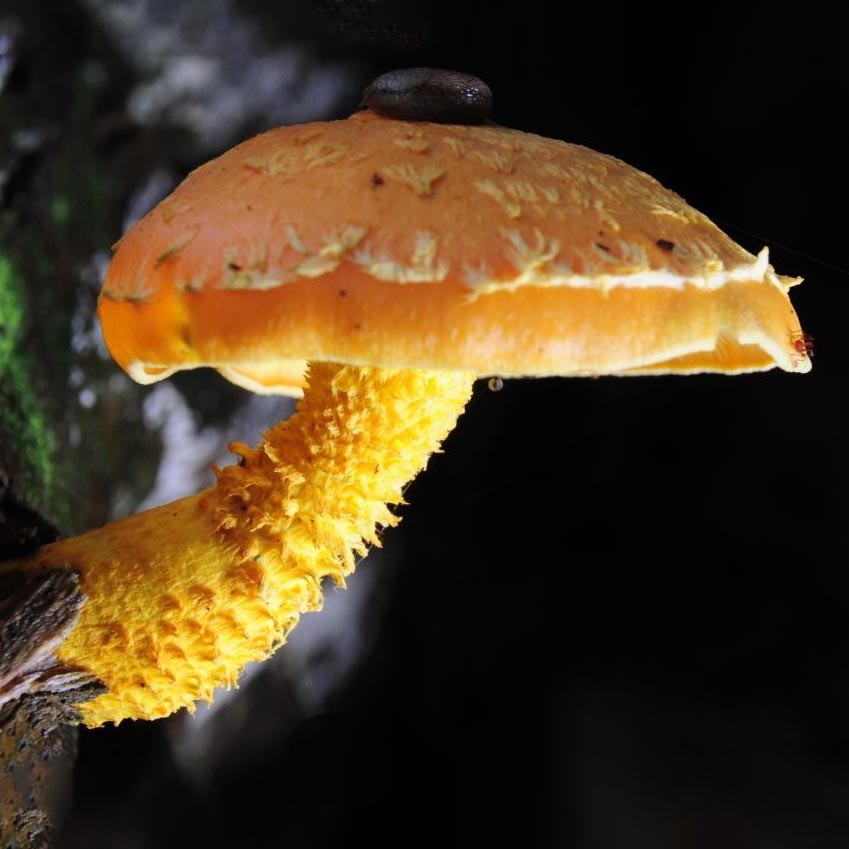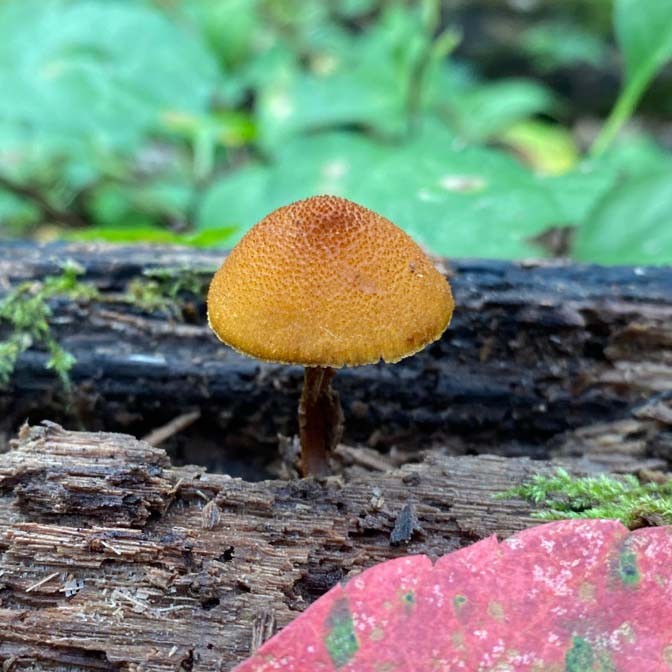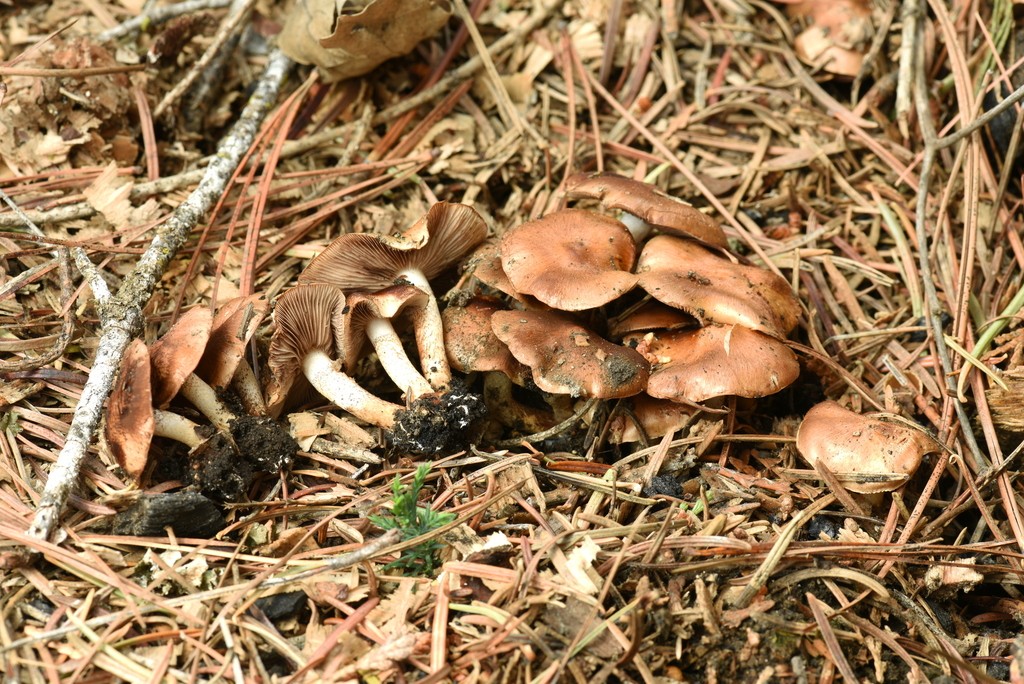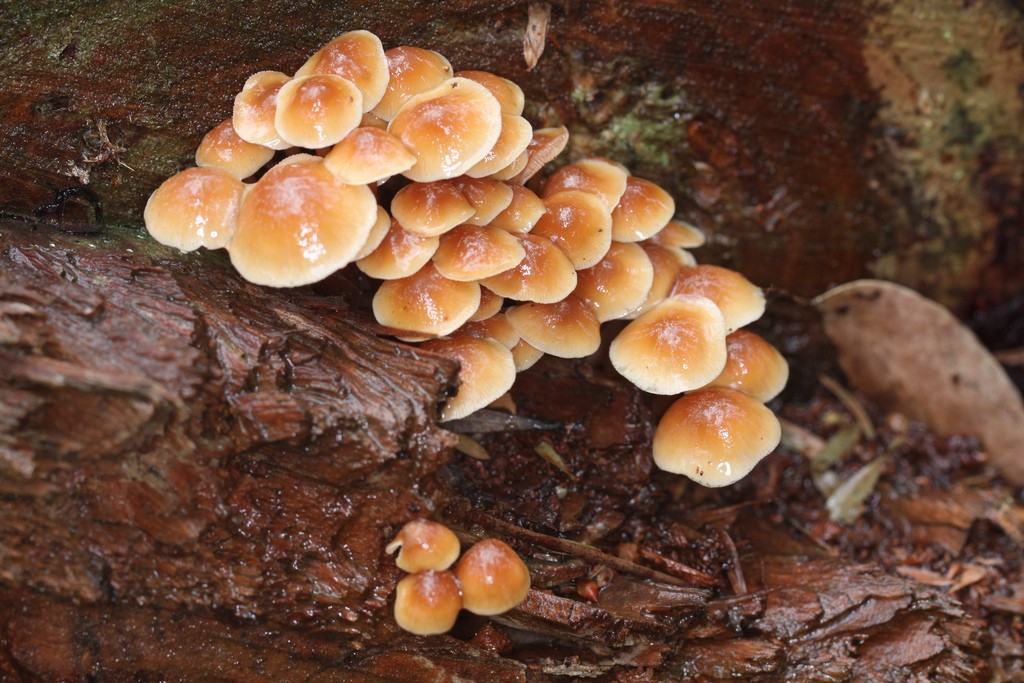Scalycaps
Scientific name: Pholiota
Scalycaps
Scientific name: Pholiota
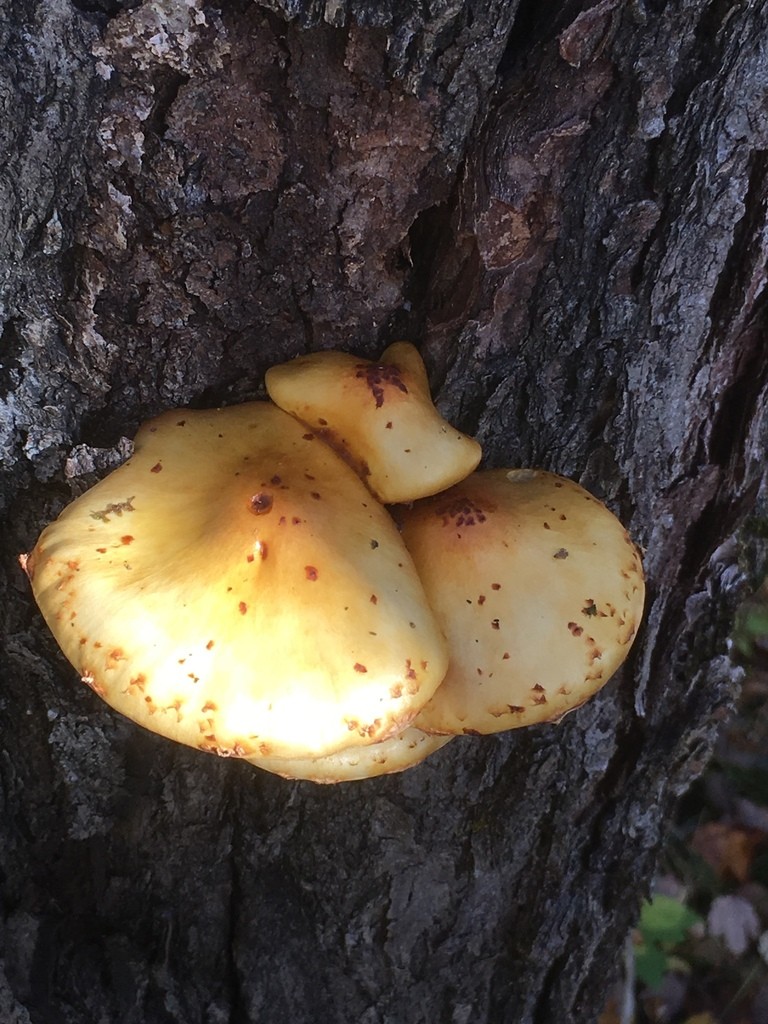 Photo By Charlie Hohn , used under CC-BY-4.0 /Cropped and compressed from original
Photo By Charlie Hohn , used under CC-BY-4.0 /Cropped and compressed from original Description
Scalycaps are known for their distinctive cap surfaces, which appear scaly or woolly. They often grow on decaying wood, especially in damp environments. Some species produce a beautiful yellow or golden color, making them quite eye-catching. These fungi play a vital role in forest ecosystems by breaking down dead wood, contributing to nutrient cycling. They can often be found in clusters, enhancing their visibility in their natural habitats.
Species of Scalycaps
Scientific Classification
Phylum
Club fungi Class
Mushroom-forming fungi Order
Gilled fungi Family
Strophariaceae Genus
Scalycaps 